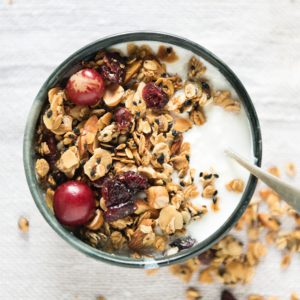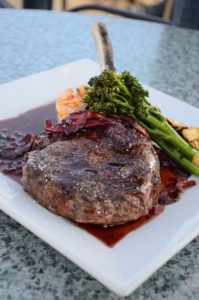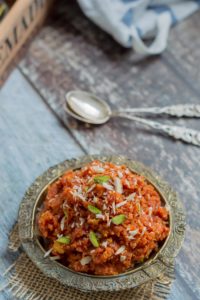 Gluten-Free Starting with Simple Baking. When I started learning about my daughter’s gluten-free sensitivity I decided to bake. A simple loaf of bread since I want to buy some ingredients to bake from scratch. I did buy a couple of different baking ingredients gluten-free flour, almond flour, cornmeal, etc. Then, I can make different things from French toast to a sandwich.
Gluten-Free Starting with Simple Baking. When I started learning about my daughter’s gluten-free sensitivity I decided to bake. A simple loaf of bread since I want to buy some ingredients to bake from scratch. I did buy a couple of different baking ingredients gluten-free flour, almond flour, cornmeal, etc. Then, I can make different things from French toast to a sandwich.
I found a very simple recipe. Unfortunately, once I mixed everything together and baked it the next day it gets crumbly. I couldn’t apply any types of spread on the bread. It was tough. I never knew without gluten it would make that big of a difference. And, the rice makes the bread crumbly. I attempted different recipes but they all seem to do the same thing. Maybe I need to try different types of flours. It was quite stressful how a simple loaf does not turn out the way I want it.
For now, I just buy my loaf from Costco they seem reasonable in price. I’ll attempt a loaf again at another time. At home, I mostly bake gluten-free breakfast items they really didn’t require non-crumbly texture or texture is not as important. I make banana chocolate chip muffin, banana loaf, pancake, cornbread, and quiche.
What I want to attempt the next time for gluten-free baking are blueberry breakfast oat bars. The recipe use gluten-free oats and gluten-free oat flour. I have never used oat flour before. It will be interesting to use something different.








